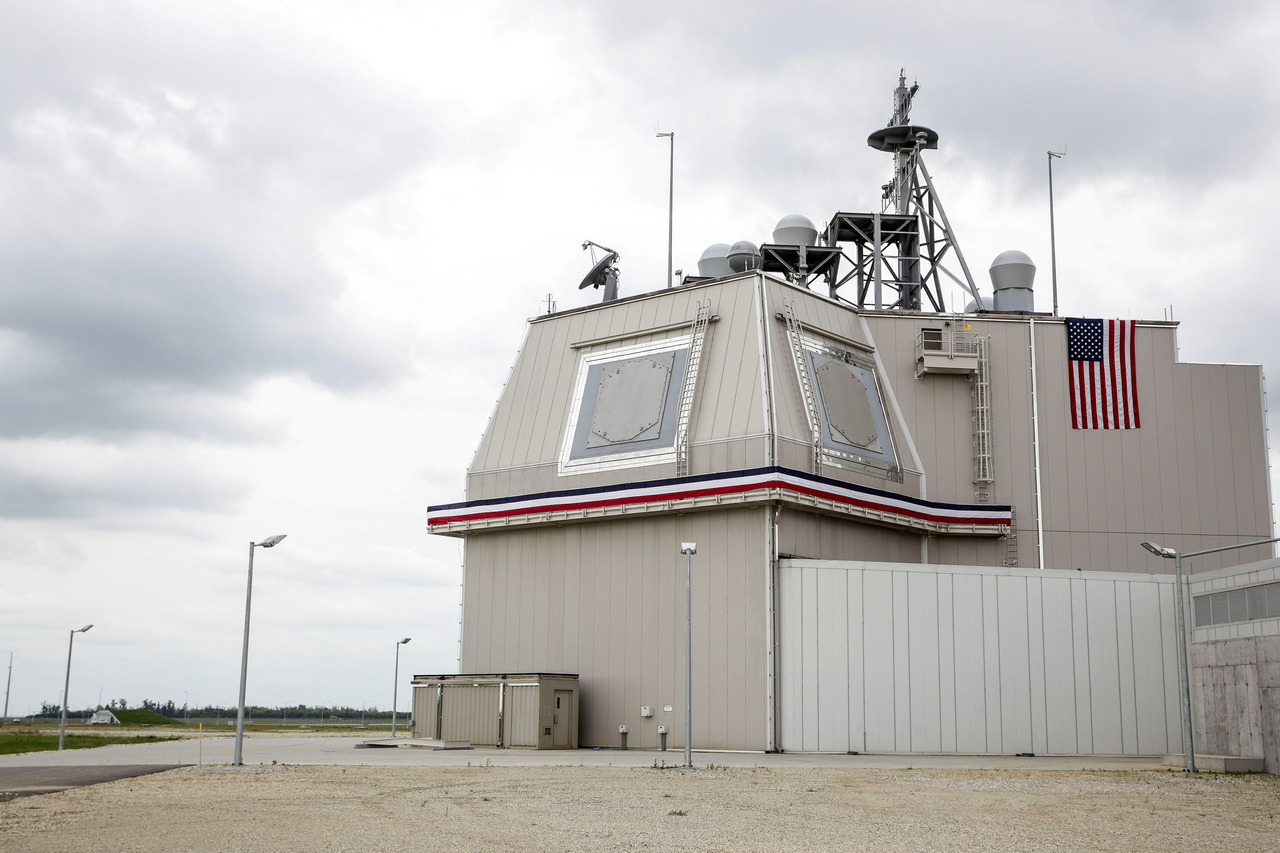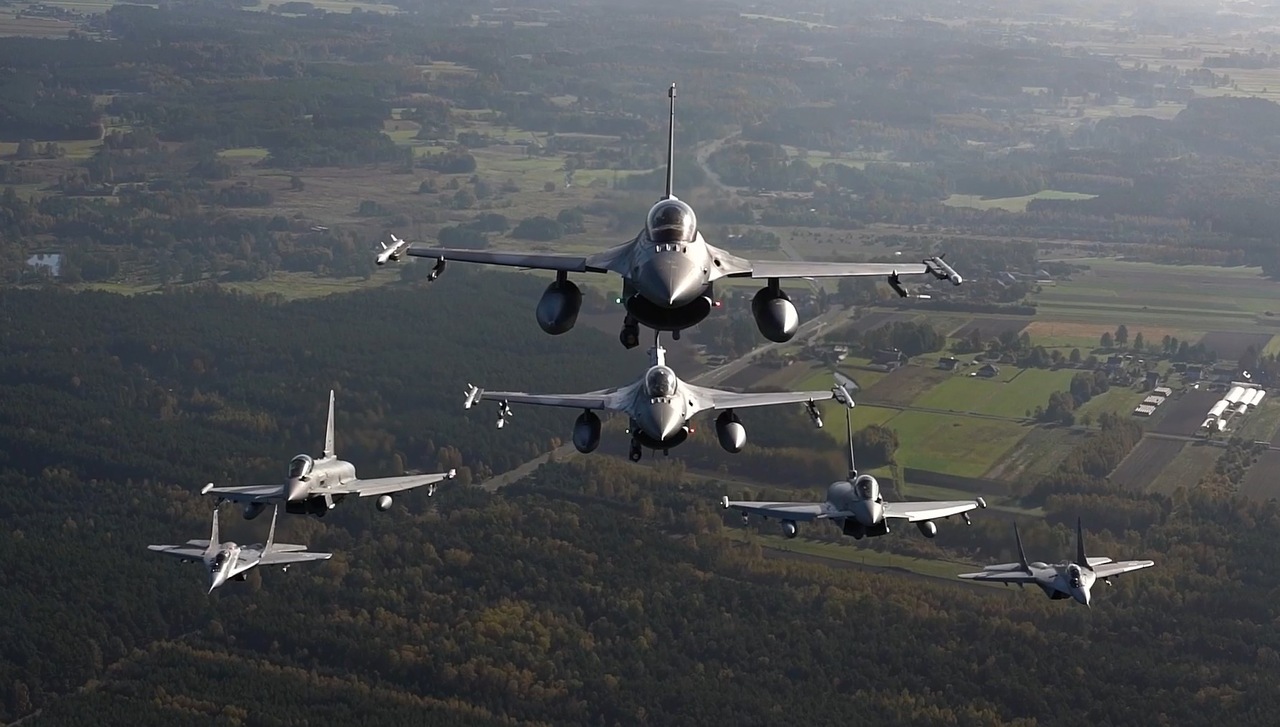Missile Defence Site in Poland Accepted into Service by the U.S. Navy
On 15 December, the missile defence site in Redzikowo, Poland, was accepted into service by the U.S. Navy. This means the project of NATO-European area defence from ballistic missile threats from the Middle East is completed. The Aegis Ashore system installed there will be formally transferred to NATO structures in 2024, but it has already achieved the basic capability to defend against a limited attack on Europe. Further adaptation of this NATO system in parts or whole to the new strategic situation and a stronger Russian narrative that the U.S. base is a security threat to Russia might be expected.
 Inquam Photos / Reuters / Forum
Inquam Photos / Reuters / Forum
What threats is the installation in Redzikowo expected to counter?
The Aegis Ashore facility is designed to protect European members of NATO and U.S. bases on the continent from ballistic missiles attack originating from the Middle East. The 24 interceptors of the SM-3Blk.IIA-type are capable of dealing with a salvo of a few to a dozen intermediate range ballistic missiles (3-5,500 km). So far, Iran has conducted limited tests of missiles with 2,000 km range, but it might develop the necessary technologies under the cover of its civilian space programme or in close cooperation with North Korea. The U.S. and NATO approach to the threat is based on the assumption that intermediate range ballistic missiles will be capable of delivering a nuclear warhead. Iran has already mastered the production of fissile materials and has been working on many research and development paths, and since 2019 it has increased the scale and level of uranium enrichment. The war in Gaza and recent strikes on Israel that used Iranian ballistic and cruise missiles launched from Yemen confirm the crucial role of this arsenal in Iran’s strategy. Although the project’s original plan did not consider the Russia-NATO conflict, since spring 2023 studies on adaptation of parts or the whole system to include this scenario are being conducted by the Pentagon and NATO.
What will operational capability of the whole system mean for European defence?
The SM-3 interceptors in Poland might be used to counter a missile attack from the Middle East. In autumn, the site in Redzikowo was transferred from the Missile Defence Agency (directing this project) to the around 200-member crew, and now it has been formally accepted into the service of the U.S. Navy. Its formal transfer to the NATO command and control system is scheduled for spring or summer of 2024 after another upgrade of the Aegis Ashore system. Dates of for the initial and full operational capability of the site in Poland were rescheduled a few times by two U.S. administrations, and was also caused by delays in construction of site in Poland and SM-3 production. According to the plan from 2009, the Redzikowo installation—the third phase in a system called EPAA (European Phased Adaptive Approach)—was scheduled to be completed in 2018. Such long delays were not experienced during earlier phases when radar was deployed in Turkey and vessels in Spain ports (with the naval version of the Aegis), as well as when an Aegis Ashore site opened in Romania.
How will the Redzikowo base strengthen Poland’s security?
The project enjoyed the support of subsequent Polish governments, which saw it as an important dimension of bilateral political-military relations with the U.S. The current architecture of the EPAA is different from the National Missile Defense (NMD) envisioned by the George W. Bush administration in which GBI interceptors in Poland would be used to target Iranian intercontinental ballistic missiles. The NMD project was designed to protect only the continental U.S. and was not supported by all NATO members, some of whom perceived it as an unneeded source of tensions in transatlantic relations. Some concerns decreased when NATO at its Lisbon summit approved the EPAA as an American and Polish contribution to the defence of the whole European area. Moreover, Poland and the U.S. in July 2010 signed an additional protocol to their bilateral agreement of August 2008. The EPAA system along with rotational U.S. forces present on the NATO Eastern Flank since 2014 are still very important, but is just one of a few pillars of American-Polish partnership. In the context of the latest Russian aggression, more important for Poland might be issues of continued military assistance to Ukraine, the presence of permanent U.S. land forces in the region, and a credible strategy of defence and deterrence of NATO, including in the nuclear dimension.
Why will Russia likely continue to oppose the Redzikowo base?
For two decades, Russia has been against the installation of the NMD and EPAA systems in Poland. The main reason was Russia’s hostility to any permanent U.S. military presence in Central Europe. Russia has been trying to present the Redzikowo missile base as a direct threat to its security. Initially Russia even suggested that GBI silos would host offensive weapons, which along with enlargement of NATO to the Baltic States was presented as a rationale for the deployment of nuclear-capable Iskander-M missiles in Kaliningrad. Later, and for almost a decade, Russia claimed that the SM-3 interceptors at the base would be used to neutralise its strategic nuclear forces. In parallel to the Russia deployment of a ground-launched version of the Kalibr cruise missile (9M729/SSC-8, with a 2–2,500 km range), it also claimed that the launchers in Redzikowo would host U.S. Tomahawk cruise missiles. It is highly likely that Russia will try to present the Aegis Ashore system as a launcher for hypersonic or even anti-satellite weapons, using this as an excuse for the presence of Russian nuclear weapons in Belarus or further “asymmetrical steps”. Russia might also be calculating that if Donald Trump wins a second presidency, the chances for the closure of the Aegis bases in both Poland and Romania as part of a broader U.S. troop withdrawal from Europe or other concessions will increase.



.jpg)
.jpg)
